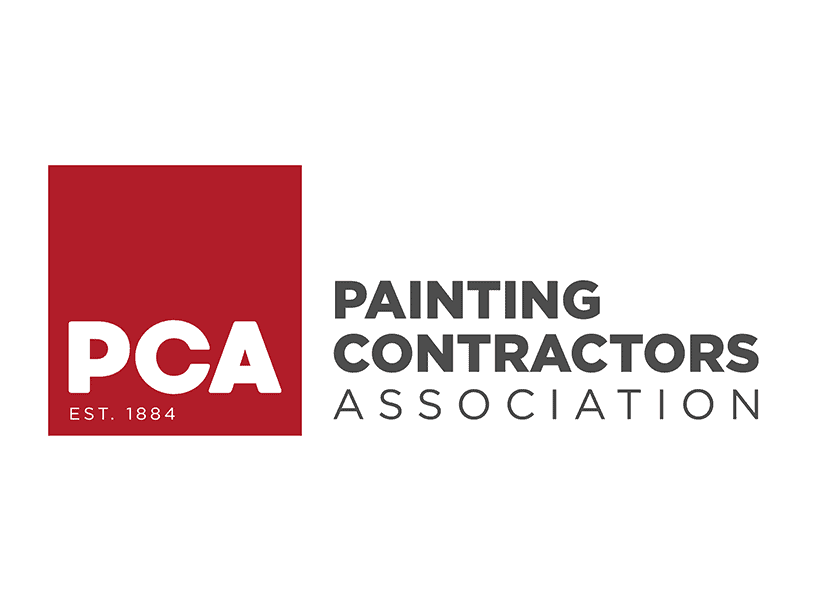06 Apr Wood Rot
Have you checked your home’s exterior for wood rot recently? Do you know how to check for it and what to do if you find it? Unless you have previous experience and good knowledge of wood rot, leaving it to reputable paint professionals to detect and address this insidious problem is probably best. In Northern Virginia, spring is the perfect time to check for wood rot.
What is Wood Rot and What Causes It?
Wood rot is the deterioration and decay caused by a particular fungus which attacks the part of the wood which binds it and gives it strength. With enough time, the wood crumbles and can no longer function with strength or integrity. If the wood is part of your home, the effects of that decay can be serious. If left unchecked, the damage of rot can range into the thousands if not tens of thousands.
There are four conditions necessary for wood rot to occur:
- Wood
- Oxygen
- Warmth
- Moisture
Preventing Wood Rot:
There are four steps you can take to prevent wood rot:
- Keep your house well painted. The paint creates a barrier and protects those areas vulnerable to fungi and moisture.
- Avoid standing water. If water pools by any wood, then it’s more likely to begin seeping into joints and cracks leading to rot. Inspect your home several times a year, especially after heavy rains, to ensure there’s no standing water touching wood on your home’s exterior.
- Air circulation is important. It allows the wood to dry out faster when it does become moist. Make certain shrub and trees are cut back several feet from touching any part of your house so that there is good airflow.
Detection:
It isn’t always easy to detect wood rot. Like termite damage, it can start where it’s not visible to the naked eye and work its way to becoming more apparent. By then, the serious damage has begun. A trained professional knows to look for certain evidence that wood rot is present. Lastly, it is important to properly treat and correct the area to avoid it becoming infected again.
Spring is a good time to check your home’s exterior for any wood rot before summer’s humidity and moisture set in. Contact us, if you’d like to schedule a wood rot inspection of your home and a free estimate.

Mike Katounas is the owner of Home Works Painting, a painting business in Northern Virginia. He has over 15 years of experience in residential interior and exterior painting, drywall installation/repair, carpentry, wallpaper removal, power washing, commercial painting, color consultation, and staining/sealing. Their service areas include Chantilly, Fairfax, Herndon, Oakton, Reston. Mike takes pride in his work, and he always follows a strict code of conduct that includes the use of quality paint, a clean workspace, and an honest, respectful approach to his customers.










Sorry, the comment form is closed at this time.